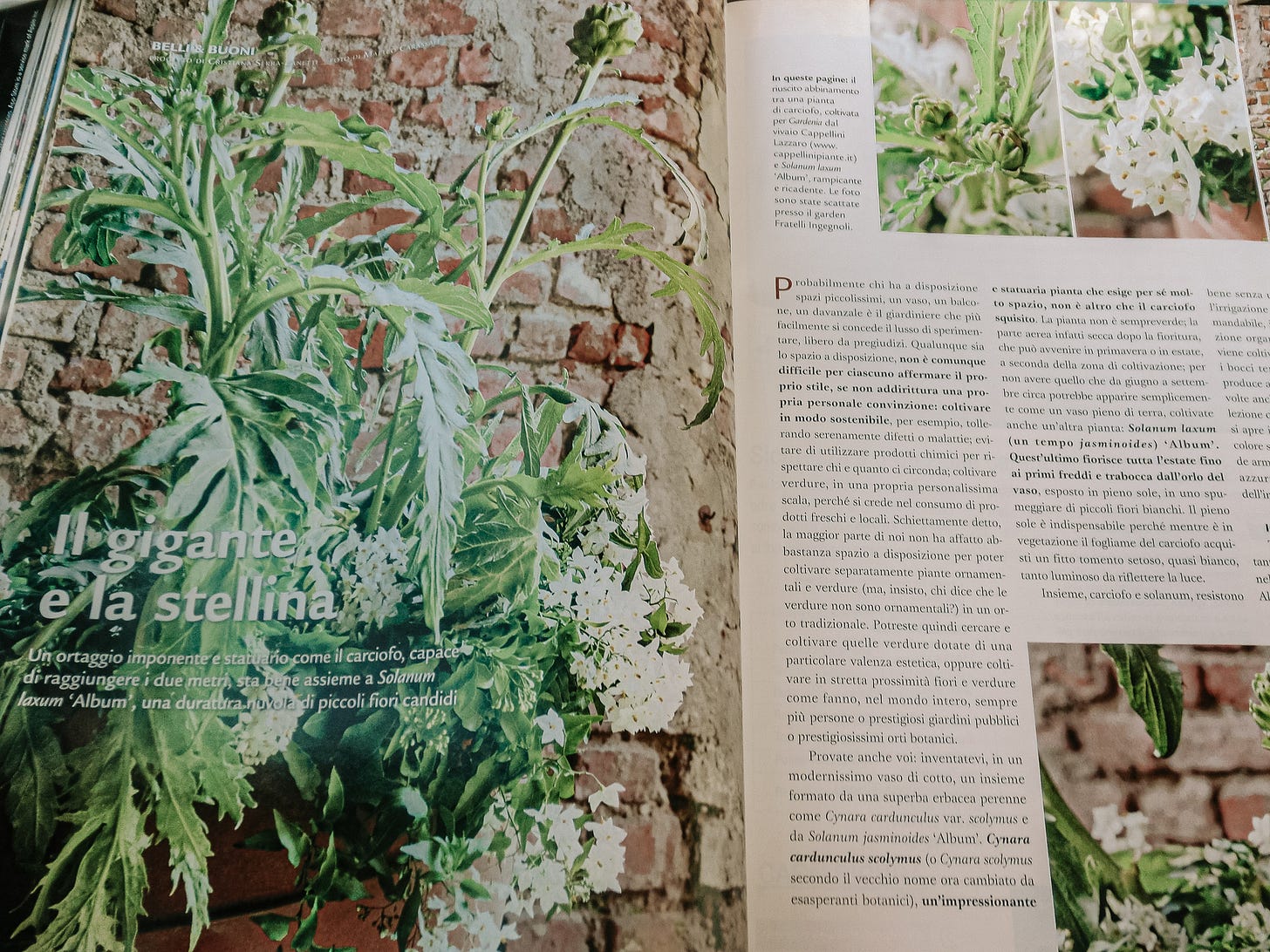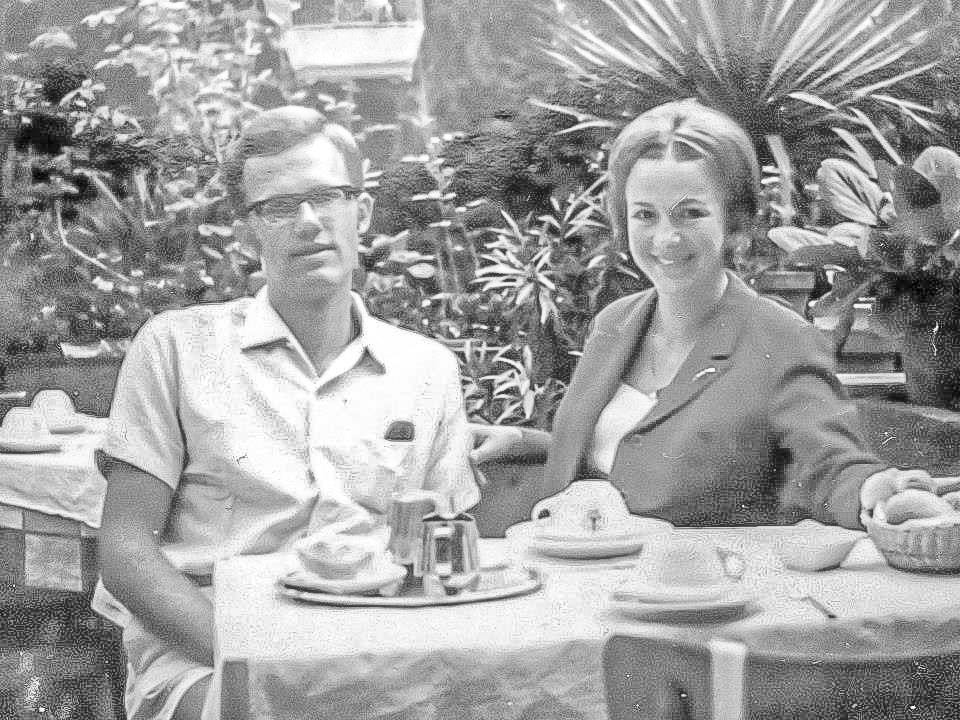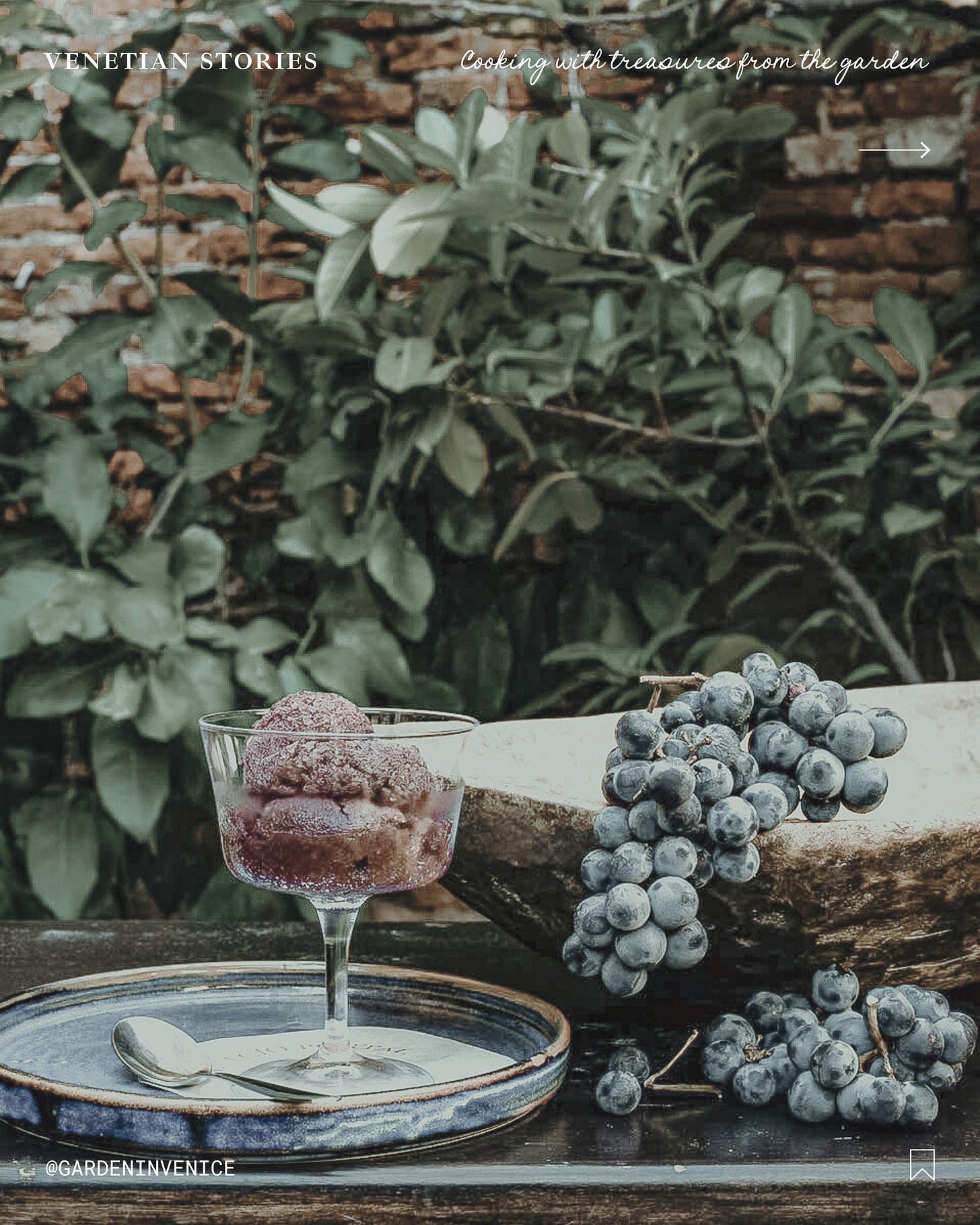Welcome to La Terrazza
We're exploring the fascinating story of the oldest garden in Venice, its botanical heritage and delicious recipe collections. Come inside and discover the green city behind the scenes!
Did you know that almost half of Venice consists of gardens? Wherever you go, you’ll find green oases, of all sorts and all sizes. Probably, not at first sight and not in a very prominent position, as they are mostly hiding behind red brick walls and inside private courtyard.
This is not a co-incidence, because gardens in Venice were created with a special goal in mind, that no other city in Europe ever craved for. These gardens did embellish the city, they were used to grow herbs and vegetables. But their real objective was to be used by their owners to learn and experiment with plants the merchants used to bring home to Venice on board their cogs. We know that in the year 1500, Venice counted more than 500 botanical gardens. Plus, lots of monastery gardens.
And in most of these gardens, spice plants were growing. In short, these gardens were actually spezerie - spice ateliers. This is the real story behind the gardens of Venice, which we cover in this Substack blog + newsletter. It’s the story of our forgotten Venetian culinary heritage, how it deveoped, and how it used to be the backbone of Venetian commercial history for more than 1200 years.
But where can you find spice gardens in Venice in our times? Well, mostly, you’ll have to dream them up. The spice ateliers have been closed, there’s just a few botteghe that could be referred to as spice boutique, or are there more?
Because sometimes, in the mysterious maze of Venetian calli e calleselle (streets), you’ll come across strange scents of blossoms, coming out of nowhere while passing by a red brick wall.
And just perhaps, could there be a paradise garden hiding, a hortus conclusus (walled garden, Venetian style), that once represented the magical center of a spice garden? These walled gardens were, and still are, more than just green patches in a courtyard: Often, they’re sprawling, spreading over to terraces, balconies and even roof top terraces (called altane).
This Garden Magazine + Newsletter takes you on a secret journey into “the other half of Venice”, the realm of secret gardens hiding behind tall brick walls: Discover what the spice gardens used to look like in the past, and whether they still exist today. You’ll also discover private kitchen and palace gardens, hanging gardens and lush green courtyards.
And most of all, you’ll discover the story of spices and gardens that cannot be treated separately in Venice. As a concrete example, you’ll discover one of the last spezerie (spice ateliers) that was revived by my Venetian grandmother, renovating the ancient monastery garden and guesthouse of the San Zaccaria convent. Yes, this is located in the ancient heart of Venice, five minutes from Piazza San Marco.
One day in May 2012, I counted the plants growing on Nonna’s garden, consisting of a green courtyard, a main terrace, seven smaller terraces, and a rooftop terrace: 248 mostly edible plant species thriving in the sun but also protected in the shade, a little green jungle in the heart of Venice surrounded by the white facade of the former monastery San Zaccaria, its guesthouse and the former church of San Provolo.
It’s a garden with a long history which as a child, I used to explore step-by-step. Exploring felt a treasure hunt, that was patiently supported by my Venetian grandparents. Like they were leaving hints here and there, sharing a book from the library now and then, telling bits of stories that felt like pieces of a puzzle. This was Nonna Lina’s way of teaching valuable know-how for life.

It took me two decades to piece some of it together, with the help of family, friends and neighbors, and yet, here’s still so much we have to find out about this garden.
Just two years ago I found out that it was connected very intimately to Marco Polo. The garden was first mentioned in the year 468 AD as part of the San Zaccaria convent. Click here to view it on an ancient map!
From 1968, grandmother had been growing vegetables and herbs on the terraces, creating a sanctuary for forgotten Lagoon herbs and berries. Each had their own carefully chosen spot, a sprawling herb garden reached from the kitchen via a wrought iron staircase.
Three sharp turns on very narrow steps, it feels like climbing inside a narrow tower with no windows. And finally, you push open a dark green wooden door and step onto the sun-drenched terrace covered with beige stone flags. Laurel and oleander were wisely positioned by my grandparents to shield smaller plants from the intense summer sun.

“La Terrazza” tells a story which for the family began on 26 April 1968, when Nonna became the owner of these gardens. “Challenging times” because quite a number of the plants had been damaged or even died during the excessive high tide (acqua granda) of 4-8 November 1966.
Barely one and a half year later in April 1968, the gardens still hadn’t recovered from the floods, which was one of the reasons why the nuns had decided to leave. They approached Nonna Lina and asked her to take care of the garden and guesthouse because they had known her well as neighbor since 1945. For decades, Lina had been visiting on a daily basis, exchanging recipes and stories, and learning so much about their incredible gardening skills. They also taught Lina how to cook ancient spice-flavored dishes - well, spices!!

A few links for you to discover the garden in Venice:
Paradise Garden is about the botanical treasures of the garden.
In Home Tour, we write about the layout of the garden.
Do take a look at our About Page.
If you’re on Twitter, would you like to connect with us here @laspezeria?
I also set up an Instagram account. Click here to connect with us on Instagram.







